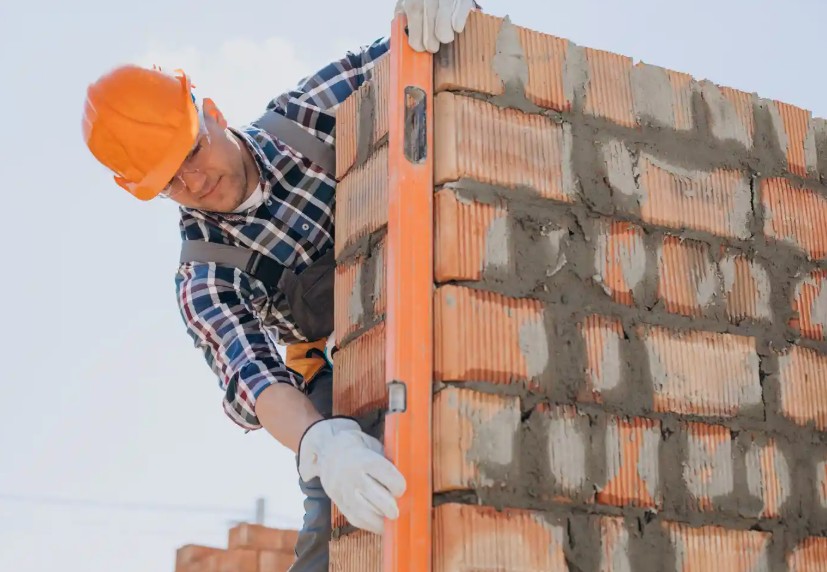Building Restoration Solutions: Expert Repair, Renovation, and Preservation for Your Property
Introduction
Buildings, whether residential, commercial, or historical, are more than just structures — they are valuable assets and, in many cases, cherished parts of our communities. Over time, natural wear, weather damage, and structural issues can take a toll, leaving them in need of professional restoration. This is where building restoration solutions come into play. By combining expert repair, renovation, and preservation techniques, these solutions breathe new life into properties while ensuring safety, durability, and aesthetic appeal.
In this article, we’ll explore the meaning of building restoration, the importance of professional services, the step-by-step process, and how expert restoration can protect and enhance your property’s value.
What Are Building Restoration Solutions?
Building restoration solutions involve specialized services aimed at repairing, renovating, and preserving buildings to restore them to their original condition—or better. Unlike simple maintenance, restoration focuses on deep structural work, aesthetic improvement, and long-term durability. These solutions can range from repairing damaged walls and roofs to preserving historical architectural features.
Key goals of building restoration solutions include
- Restoring structural integrity.
- Enhancing the building’s visual appeal.
- Preserving heritage and historical value.
- Improving safety and functionality.
- Preventing future damage.
Why Building Restoration Is Important
Restoration is more than just a cosmetic upgrade—it is a long-term investment in your property’s safety, value, and usability. Here are the top reasons to consider professional building restoration:
- Structural Safety
Over time, materials like wood, brick, and concrete can weaken due to weather exposure, pests, or neglect. Restoration ensures your property is safe for occupants.
- Preservation of Heritage
For historical buildings, restoration helps maintain cultural and architectural significance while complying with heritage preservation guidelines.
- Increased Property Value
Well restored buildings are more attractive to buyers, tenants, and investors, increasing their market value.
- Energy Efficiency
Restoration can include upgrades such as better insulation, new windows, and efficient roofing—reducing energy costs.
- Damage Prevention
By addressing issues early, restoration prevents small problems from becoming expensive repairs in the future.
Types of Building Restoration Solutions
Restoration projects vary depending on the type of building, damage, and desired outcome. The most common types include:
- Structural Restoration
- Focuses on repairing the framework, foundation, and load bearing elements of the building to ensure safety and stability.
- Exterior Restoration
- Involves repairing or replacing siding, brickwork, paint, roofing, and other visible features to improve aesthetics and weather resistance.
- Interior Restoration
- Covers walls, ceilings, flooring, and interior design elements—restoring the comfort and style of the property.
- Historical Building Restoration
- Specialized restoration to preserve the authenticity of heritage properties while updating them for modern use.
- Emergency Restoration
After events such as floods, fires, or storms, emergency restoration services quickly address damage to prevent further deterioration.
Step by Step Process of Building Restoration
Professional building restoration follows a structured approach to ensure lasting results:
- Step 1: Assessment & Inspection
- Experts conduct a detailed evaluation to identify visible and hidden damage, structural weaknesses, and areas requiring attention.
- Step 2: Planning & Budgeting
- A restoration plan is created with timelines, materials, and costs clearly outlined.
- Step 3: Structural Repairs
- Foundations, walls, beams, and roofs are reinforced or replaced as needed.
- Step 4: Surface Restoration
- This includes repairing or replacing brickwork, painting, plastering, and cleaning surfaces.
- Step 5: Modern Upgrades
- Energy efficient windows, updated electrical systems, and improved insulation may be added during restoration.
- Step 6: Finishing Touches
Aesthetic elements such as decorative trims, lighting, and landscaping complete the restoration process.
Benefits of Hiring Experts for Building Restoration Solutions
While DIY repairs may seem tempting, professional restoration offers advantages you can’t achieve on your own:
- Specialized Knowledge – Professionals understand building codes, structural engineering, and restoration techniques.
- Quality Materials – Experts source high quality materials designed for long term durability.
- Time Efficiency – Projects are completed faster with skilled teams and proper equipment.
- Cost Savings – Prevents expensive future repairs by addressing issues thoroughly.
- Heritage Compliance – For historic buildings, professionals ensure restoration meets preservation standards.
Common Challenges in Building Restoration
Every restoration project comes with unique challenges that require expert solutions:
- Hidden Damage – Issues such as mold, rot, or foundation cracks may be concealed.
- Material Matching – Sourcing matching bricks, tiles, or wood for older buildings can be difficult.
- Weather Conditions – Outdoor work may be delayed by rain, snow, or extreme heat.
- Budget Constraints – High quality restoration can be costly, but the investment pays off in the long run.
How to Choose the Right Building Restoration Company
Selecting the right partner for your restoration project is crucial. Here’s what to look for:
- Experience & Expertise – Choose a company with a proven track record in both modern and historical restorations.
- Licensing & Insurance – Ensure they are certified and insured for safety and compliance.
- Portfolio & References – Review past projects and customer reviews.
- Transparent Pricing – Look for clear, detailed estimates with no hidden charges.
- Customer Service – Good communication ensures your vision is understood and executed.
Maintaining Your Restored Building
- After investing in restoration, regular maintenance will protect your property for years to come. Key tips include:
- Conduct seasonal inspections for damage.
- Keeps gutters, roofs, and drains clear.
- Repaint and seal surfaces as needed.
- Address minor repairs promptly.
- Schedule professional checkups every few years.
Conclusion
Building restoration solutions are an essential investment for property owners who want to protect their buildings, enhance their value, and preserve their legacy. Whether your goal is to restore a historic landmark, repair storm damage, or simply rejuvenate your home, professional restoration ensures the work is done safely, efficiently, and beautifully.
By working with experts, you not only restore the structure itself but also safeguard its story, charm, and future.


